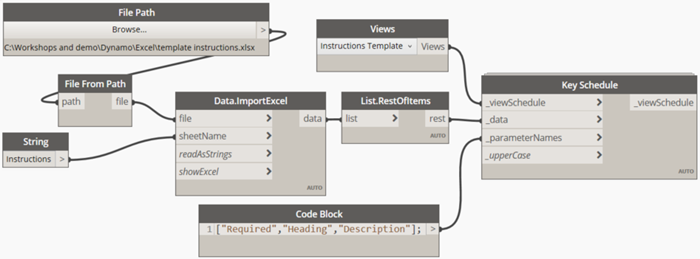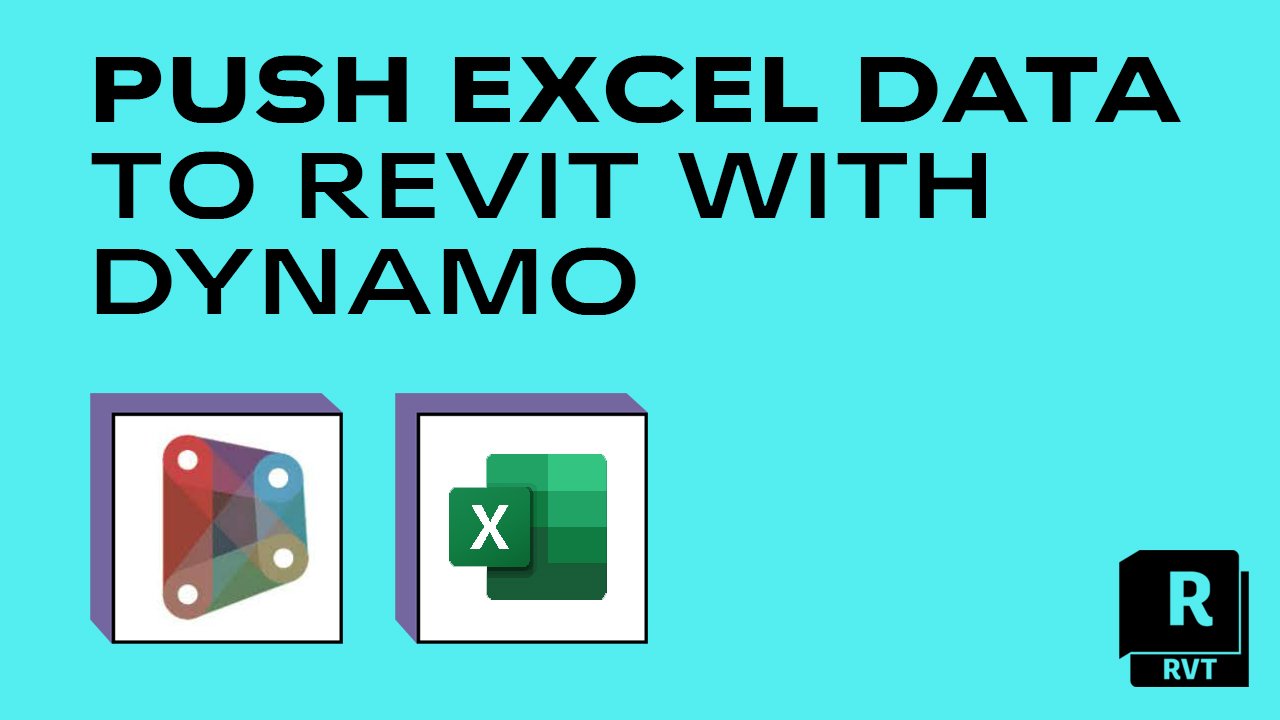Boost Your Revit Experience with Crucial Revit Tools and Add Ins
Mastering the Art of Information Combination: How to Seamlessly Import Excel Info Into Revit
Are you battling to import Excel files right into Revit efficiently? Look no further! In this post, we will certainly lead you via the procedure of understanding the art of data combination. Discover the significance of seamless assimilation in Revit and discover the Excel documents style for Revit combination. Prepare yourself to prepare your Excel information effortlessly and follow our step-by-step overview to import data right into Revit. With our best practices, you'll achieve data combination success quickly. Allow's get begun!
Comprehending the Value of Information Combination in Revit
Recognizing the value of data integration in Revit is crucial for smooth importing of Excel files. When you incorporate data from Excel into Revit, it allows you to successfully update and manage information throughout the entire job. This assimilation makes sure that your design and building procedure is updated and accurate.
By incorporating data, you can conveniently import and upgrade specifications, routines, and even geometry in Revit. This eliminates the need for hands-on data entry, conserving you time and decreasing the threat of errors. With Revit's data integration capacities, you can keep uniformity and precision in your task, while likewise enhancing collaboration among group members.

Checking Out the Excel File Style for Revit Combination

In order to efficiently integrate Excel files right into Revit, it is crucial to ensure that the information is formatted properly. This includes effectively identifying columns and rows, as well as structuring the information in such a way that is compatible with Revit's information schema. Revit uses details specifications and categories to arrange data, so it is vital to line up the Excel data with these criteria to guarantee a smooth combination.
In addition, it is essential to note that Revit just supports specific information types when importing from Excel. These consist of text, numbers, and dates. Any type of other information kinds, such as formulas or conditional format, will certainly not be acknowledged by Revit and might create issues during the assimilation process.
Preparing Your Excel Data for Seamless Import Into Revit
To make sure a smooth assimilation procedure, you'll require to properly format and label the columns and rows in your Excel data before importing it into Revit. Start by examining your Excel data and determining which columns and rows consist her comment is here of appropriate details for your Revit task.
Following, make certain that the information in each column is effectively formatted. If you have a column for dimensions, make certain that all measurements are continually formatted in the very same devices of dimension. Revit counts on regular format to properly analyze and import information.
Furthermore, it is crucial to look for any type of empty cells or variances in your information. Revit may not be able to read or import data from cells that are vacant or have mistakes. Consequently, it is advised to assess your Excel information and clean up any incongruities prior to importing it right into Revit.
Step-By-Step Guide to Importing Excel Record Into Revit
When you have actually appropriately formatted and labeled your Excel information, you can quickly import it right into Revit by following this step-by-step overview. To start, open Revit and navigate to the "Insert" tab. revit tool.
Next, a dialog box will certainly appear, enabling you to customize the import setups. Here, you can select the worksheet you intend to import, specify the variety of cells to import, and choose the ideal units for your information. Once you've made your options, click "OK" to continue.
Revit will certainly now show a sneak peek of your Excel data. Take a minute to review the preview and make certain that whatever looks correct. If needed, you can make changes to the import setups by clicking on the "Settings" button.
Finest Practices for Information Combination Success in Revit
Make sure you comply with these ideal practices to make certain successful assimilation of information in Revit. First and foremost, it is critical to organize your data in Excel before importing it into Revit. This means guaranteeing constant calling conventions, correct format, and exact information depiction. Next off, take advantage of Revit's integrated devices for information mapping. This will certainly allow you to match the columns in your Excel file with the corresponding parameters in Revit. Bear in mind the units and data types when mapping the information, as any kind of discrepancies can lead to mistakes like it in the assimilation procedure.
Another crucial method is to routinely confirm and update your data. Furthermore, make use of information validation devices within Revit to identify any kind of errors or incongruities in the integrated information.
Finally, it is advised to establish a clear operations for data assimilation. This includes specifying duties and functions, setting up an interaction channel in between employee, and establishing a normal cadence for data updates and testimonials. By adhering to these best methods, you can make certain a seamless and effective combination of information in Revit, ultimately enhancing the performance and accuracy of your job.
Final Thought
Finally, mastering the art of data assimilation is crucial for seamless import of Excel submits right into Revit. Understanding the significance of information assimilation in Revit is the weblink initial step towards successful combination. Discovering the Excel documents format for Revit integration assists in comprehending the limitations and requirements. Preparing the Excel data correctly and complying with a detailed overview is necessary for a smooth import procedure. By adhering to ideal practices, you can ensure data integration success in Revit and make the most out of your project.
When importing data from Excel into Revit, it is vital to recognize the documents style and exactly how it can impact the integration process (revit tools). Revit utilizes particular parameters and categories to arrange information, so it is crucial to line up the Excel data with these criteria to make sure a seamless integration
Be conscious of the data and systems kinds when mapping the data, as any inconsistencies can lead to errors in the integration procedure.
Furthermore, make use of data validation tools within Revit to determine any type of mistakes or incongruities in the integrated information.
